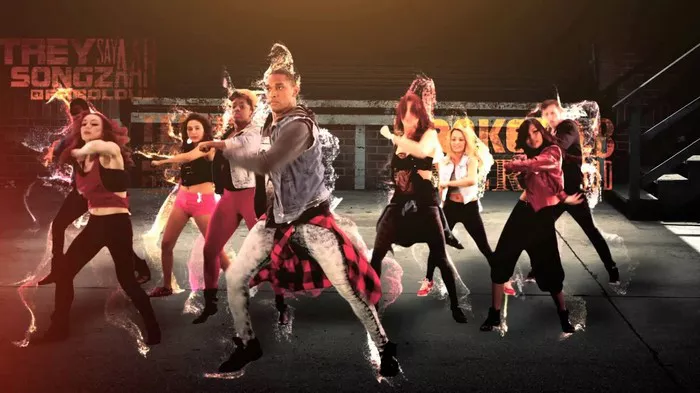Hip hop dance, an energetic and expressive form of movement, has taken the world by storm. Rooted in the streets and influenced by various dance forms, it has evolved into a mesmerizing array of styles. In this article, we’ll delve into the seven most captivating hip hop dance styles, each with its unique flair and cultural significance. So, put on your dancing shoes and let’s explore the rhythmic journey of hip hop!
1. Breaking (B-Boying/B-Girling):
Breaking, also known as B-Boying for males and B-Girling for females, is one of the most iconic hip hop dance styles. Originating in the South Bronx during the 1970s, breaking incorporates acrobatic moves, power moves, freezes, and footwork. Dancers, known as B-Boys and B-Girls, engage in electrifying battles where they showcase their agility, strength, and creativity. The essence of breaking lies in improvisation and self-expression, making it an ever-evolving art form that continues to inspire dancers worldwide.
2. Popping:
Popping emerged in the 1970s as a distinct style characterized by quick contractions and releases of muscles to create a “pop” or jerk effect. Dancers isolate specific body parts, such as the arms, legs, and chest, to create a robotic and fluid illusion. The technique requires precision and control, and poppers often engage in freestyle dance-offs called “pop battles.” Popping’s ability to captivate audiences with its mechanical yet graceful movements has cemented its place as one of the foundational hip hop styles.
3. Locking:
Developed by Don Campbell in the 1970s, locking is a high-energy and joyful style that focuses on quick stops and pauses, known as “locks.” Dancers often perform exaggerated arm swings, knee drops, and points to connect with the audience. A key element of locking is the “funky” attitude, encouraging dancers to exude charisma and humor on the dance floor. With its positive vibes and infectious energy, locking remains a favorite among hip hop enthusiasts worldwide.
4. Krumping:
Krumping, born in the early 2000s in South Central Los Angeles, is an intense and cathartic dance style. Often associated with freestyle battles, krumping channels raw emotions through aggressive movements and facial expressions. Krumpers use their entire body to convey feelings of anger, frustration, or joy, resulting in a visually captivating and emotionally charged performance. The style is more than just dance; it serves as a means of empowerment and self-expression for many within the community.
5. Tutting:
Tutting draws its inspiration from ancient Egyptian hieroglyphics, with dancers forming intricate geometric shapes and angles using their arms and hands. This visually stunning style demands precision and creativity, as dancers create illusions of unfolding structures and mesmerizing patterns. Tutting has gained popularity beyond hip hop culture, finding its way into mainstream music videos and stage performances due to its captivating and enigmatic visual appeal.
6. Jerkin’:
Jerkin’, originating from Los Angeles in the late 2000s, is a dance style that blends hip hop footwork with energetic and jerky upper body movements. Dancers often wear bright and colorful attire while incorporating dance steps like the “Reject,” “Pin-Drop,” and “Spongebob.” Jerkin’ gained significant traction through social media platforms and became a symbol of youth culture and self-expression. Its upbeat nature and infectious energy make it a fun and exciting style for dancers of all ages.
7. Party Dances:
Hip hop has given birth to numerous party dances that have become global sensations. From the “Running Man” and “Cabbage Patch” of the 1980s to the “Dougie” and “Nae Nae” of the 2010s, these dances often become viral trends, sweeping dance floors and social media platforms alike. Party dances encourage community participation and provide a sense of unity, as people of all backgrounds join in on the fun and celebrate the joy of movement together.
Conclusion:
Hip hop dance is a testament to the power of cultural creativity and artistic expression. From its humble beginnings on the streets of the Bronx to becoming a global phenomenon, hip hop dance styles continue to evolve and inspire generations of dancers. Each style carries its own history, cultural significance, and unique artistic elements, contributing to the vibrant tapestry of hip hop culture.
As you explore the world of hip hop dance, remember that it is not just about mastering the steps but embracing the spirit of self-expression and creativity. So, whether you choose to break, pop, lock, krump, tut, jerk, or join the party dances, let the rhythm move your soul, and dance like nobody’s watching! Let the grooves and beats ignite your passion for the boundless world of hip hop dance.

